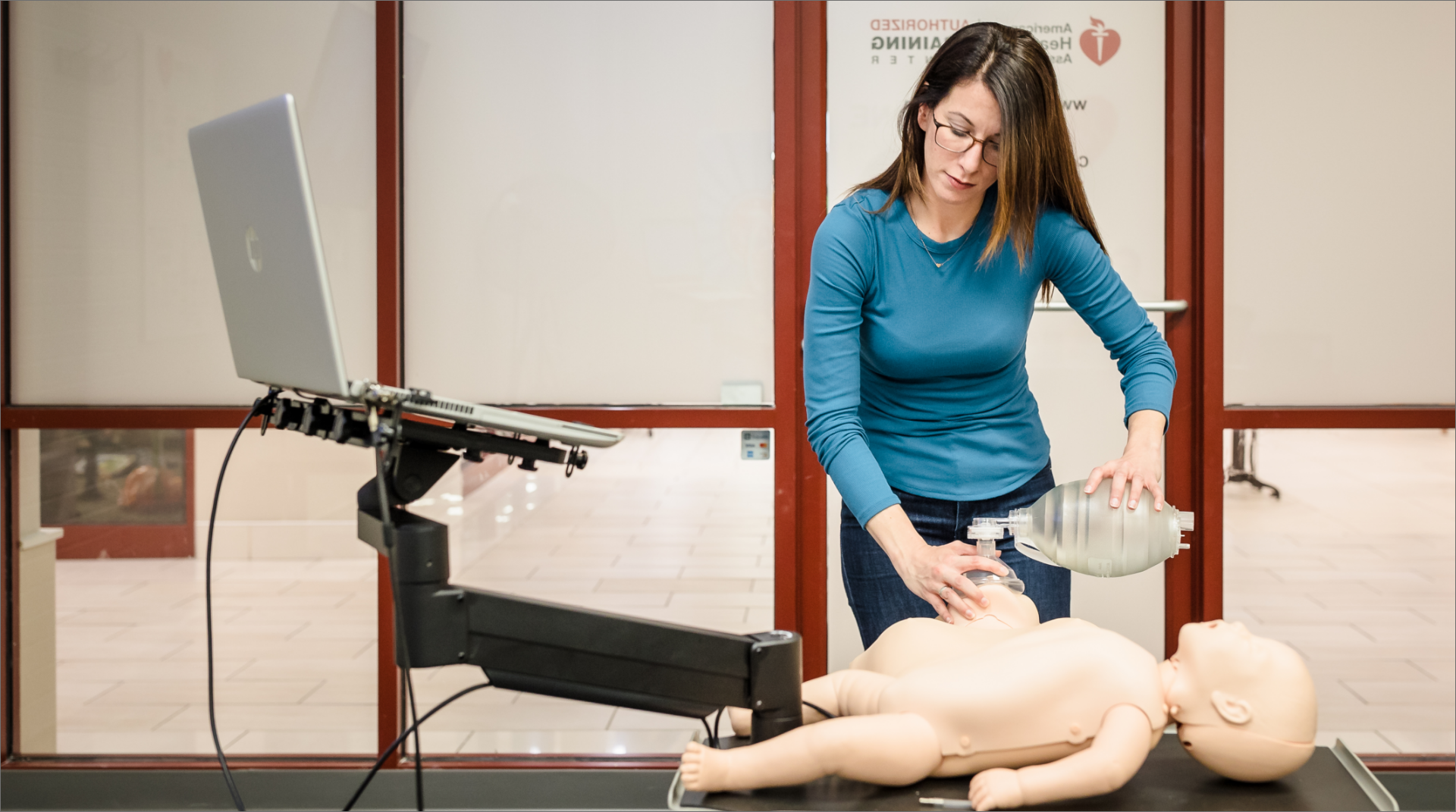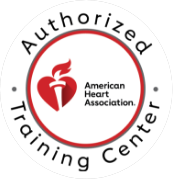

CPR Resource Center
The most comprehensive library of emergency training resources — including videos, articles, downloads, and more.


The most comprehensive library of emergency training resources — including videos, articles, downloads, and more.
Are you a healthcare professional or other category of personnel who needs to know how to perform CPR and other basic cardiovascular life support skills in a wide variety of in hospital and pre-hospital settings? If so, BEACON BLS is the right choice for you.
BEACON is a great way to gain your original certificate or to recertify in a blended learning format. Blended learning is a combination of eLearning, in which a student completes part of the course in a self-directed manner online, followed by a hands-on session. Successful blended learning can reach students with varying learning styles and in different environments. It combines the flexibility of online training with skills practice and testing for CPR and other psychomotor skills.1
If you’ve decided to take Beacon BLS Complete, you’ve made a great choice! Taking a look at the benefits of contactless or virtual training, there are simply too many to list them all. But high among them is that you can customize your experience.
What does that mean? Nobody is expected to learn exactly the same as everyone else. We all lead different lives. We can’t all carve out 3+ hours to sit in a traditional classroom for a course. If your ability to prepare & do skills testing for an educational program comes at irregular times, both the online learning portion & contactless skills testing are easily accomplished.
Participants complete the Online Heartcode BLS course at home and then come to a Code One Training Center for an independent skills verification on the innovative RQI 1Stop® platform. The updated 2020 Heartcode BLS online course is adaptive to the learner’s current level of knowledge.
Now how should you prepare for this unique CPR certification adventure? Basically, you’ll want to break it down into two parts- the online portion & the skills testing appointment. Here are some facts & tips.
You may be wondering how long does it take to complete this part? A pretty sensible question. Depending on the level of your experience or expertise, a beginner or more novice participant can plan to spend 1-3 hours of their time on this. More experienced or advanced level providers can often complete the online requirements in less than one hour. These are just general guidelines & the actual time it takes to complete varies.
What some say is the nicest thing about the online learning is that it is an adaptive process. (Read our article on Adapative Learning to see how that process works in more depth.) It learns from how you respond. The AHA’s online content presents material in a way that’s relevant or personalized for you. So, no matter if you are an in hospital or pre-hospital provider, content is basically customized. You can also judge your own competence level. The Cognitive Assessment Activities on the eLearning platform adapt from there.
Expect to go over at a minimum the following skills for adult, child, and infant during your skills testing:
Your skills session will take place using the innovative RQI 1Stop® Platform with a live Code One Instructor present via video conference throughout. Our instructor will help run the equipment, provide real time feedback and answer any questions you may have throughout your training.
It is recommended that a student schedule skill and testing sessions within 60 days of completing the course.3
Your new AHA BLS Provider Course Completion Card is issued immediately after successfully completing the skills testing.
Algorithms & course formats are great guidelines. But, there’s no substitute for good clinical judgement. The AHA covers this in their High Performance Teams video, they just use fancier language to do it. For example, when the AHA says ‘Rescuers are encouraged to tailor the sequence of resuscitation events according to the most likely cause of the cardiac arrest.’ What are they trying to tell you in plain English? – If you find something you can fix, fix it.” How does this relate to preparation for Beacon BLS? Not every learning path is the same, and a course format is a general outline. If you find a learning method that works best for you- use that method. That’s the beauty of Beacon by Code One, many flexible options to meet everyone’s need for the AHA BLS certification we all trust.
SOURCES CITED
1. The American Heart Association. (n.d.). Course Format- AHA eLearning. eLearning, The American Heart Association. Retrieved September 20, 2021, from https://elearning.heart.org/static/courseformat
2. The American Heart Association. (2020, October 21). Basic Life Support (BLS). eLearning, The American Heart Association. https://elearning.heart.org/course/437
3. The American Heart Association. (n.d.-b). Program Administration Manual, Course Information. CPR & First Aid/Emergency Cardiovascular Care: Course Information. Retrieved September 20, 2021, from https://cpr.heart.org/en/pam/course-information
Help Me Find a Course